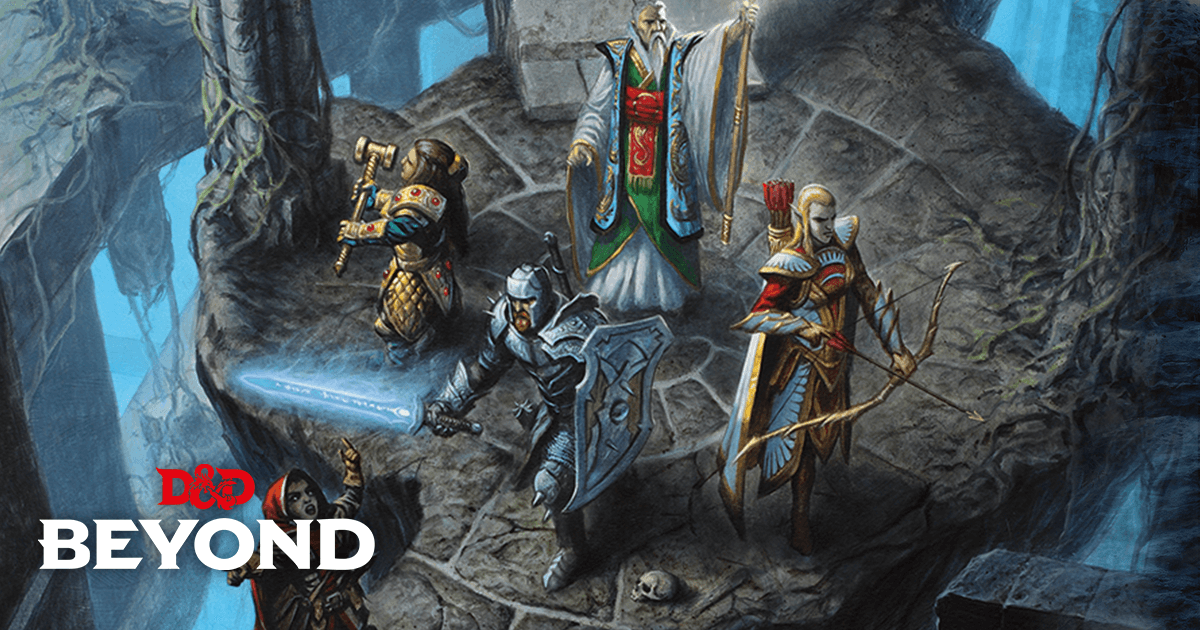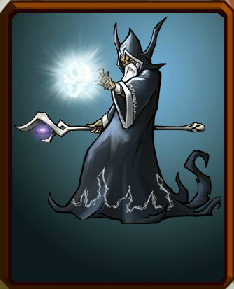

Phylacteries In modern times, the word solely refers to tiny boxes with written prayers inside that orthodox Jews tie around their foreheads or upper arms. In fairy-tales there are self-moving and other miraculous swords." - Fabulous Beasts and Demons, by Heinz Mode.Įfreeti Bottle Taken directly from the Arabian Nights tales, particularly the story of Aladdin. "In India.the sword can serve as the embodiment of a deity. However, in the novel it was Bard's skill and the chink in Smaug's armor that caused the arrow to do the damage it did in D&D, this became an inherent ability of the arrow.īoots of Striding and Springing "Live Boots" from the story "Mazarian the Magician" in The Dying Earth by Jack Vance also "seven-league boots" from European folklore.Ĭarpet of Flying Derived from the magic carpets often used in the Arabian Nights stories, especially the story of Prince Ahmed, which is itself derived in part from the tale in the Koran of King Solomon's magic carpet.

Prismatic Spray Taken from "The Excellent Prismatic Spray" spell in the story "Mazarian the Magician" in The Dying Earth by Jack Vance.Īrrow of Slaying (Dragon) Heavily glorified version of Bard's arrow from The Hobbit, by J.R.R. Magic Mouth Taken from Three Hearts and Three Lions by Poul Anderson, though the spell is not specifically named there. Invisible Servant Taken from Three Hearts and Three Lions by Poul Anderson, though the novel only mentions a wizard's invisible servant, not a spell that creates such a servant. Imprisonment Taken from "The Spell of Forlorn Encystment" in Eyes of the Overworld by Jack Vance. Hypnotic Pattern Extrapolated from "Felojun's Second Hypnotic Spell" in the story "Mazarian the Magician" in The Dying Earth by Jack Vance. (It is also present to greater effect in Anderson's Operation: Chaos.) Geas Though the term goes back to Celtic folklore, the D&D geas is primarily taken from the spell of the same name in Three Hearts and Three Lions by Poul Anderson. Spells named partly for their creators, partly for their function, and partly out of whimsy Dying Earth series, by Jack Vance.Īlter Self Seemingly extrapolated from an unnamed spell used by the wizard Martinus in Three Hearts and Three Lions by Poul Anderson.įog Cloud One source is Three Hearts and Three Lions by Poul Anderson, though it is not specifically named there. Memorization system for spells The Dying Earth series, by Jack Vance, especially his story "Mazarian the Magician." Literary Sources of D&D: Compiled by Aardy R. You are definitely right about it being hokey. Watching this now thanks to magic of Netflix streaming.
#Dungeon rampage sorcerer guide movie
It's a decent movie in its own right but also worth checking out if you're into D&D history, especially considering how D&D-ish the characters are, more than a decade before D&D was published. Near the end of the movie, there's a great wizard's duel with some very D&D-ish spells, including several more magic missiles and a fireball, as well as more traditional wizard magic like levitation and turning scarves into snakes. Early in the film you can see a magic missile in action - the first time I've ever seen what is obviously a DYD-style magic missile happening in a non-D&D media source. I've heard it said that Gygax was a fan of this movie, and you can see its application to D&D once you watch it. I also recently watched the 1963 film "The Raven" (see ) which is a hokey sorcerer film that is very clearly the origin of several D&D spells. Here's a post from Tavis's blog on the displacer beast and rust monster, which seems to have originated in some very non-D&D places: I thought it might be interesting to start a thread about other literary/cultural sources that seem to be the origin of Gygax and Arneson's original ideas. It's a good book in its own right but also interesting from a "D&D history" perspective because it seems to be the origin of the D&D shadow rules. I'm reading Merritt's "Creep, Shadow, Creep" from Appendix N right now.


 0 kommentar(er)
0 kommentar(er)
